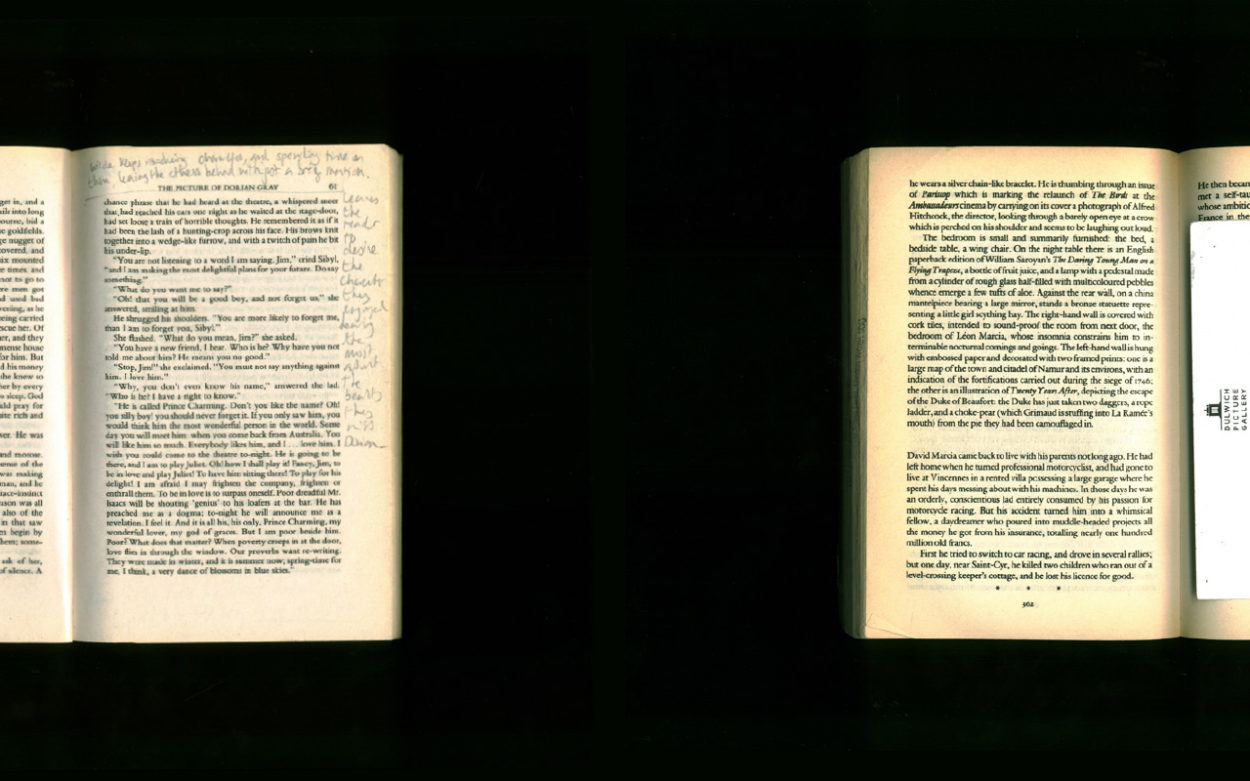Published
Toward a Common Practice—Chapter 1: Acceleration (or) Extraordinary popular delusions and the madness of crowds
While speed refers to the rate at which something occurs, the rate to which it now refers is almost exclusively quick. This simple transformation, that speed now means going fast, in itself speaks volumes of our accelerated age.
Jeremy Millar and Michiel Schwarz (1)

This chapter aims to validate a suspicion of acceleration; it argues our acclimatisation to this condition; expresses concern for its impact on the mind and body; and examines the three realms of conflict raised in the research question – individual reflection, labour and common space.
Published alongside a twinned exhibition at The Whitechapel and Photographer’s Galleries in 1998, Speed—Visions of an Accelerated Age gathers essays and art that address ‘the defining theme of our age’. Editors Millar and Schwarz write, ‘Speed is all around us; we can feel its effects even if we are unable to see it. Speed is both forceful and immaterial, like the turbulence from a moving vehicle, like the thrust of a jet, like a good idea. Speed can blow us away’. (3) Comparably, actress Fanny Kemble recounts her first railway journey in 1830, ‘You can’t imagine how strange it seemed to be, journeying on thus without any visible cause of progress other than the magical machine, with its flying white breath and rhythmical, unvarying pace’. (4) As speed continues to ‘blow us away’, it is no longer ‘strange’ but our habitual mode of existence.
Read more